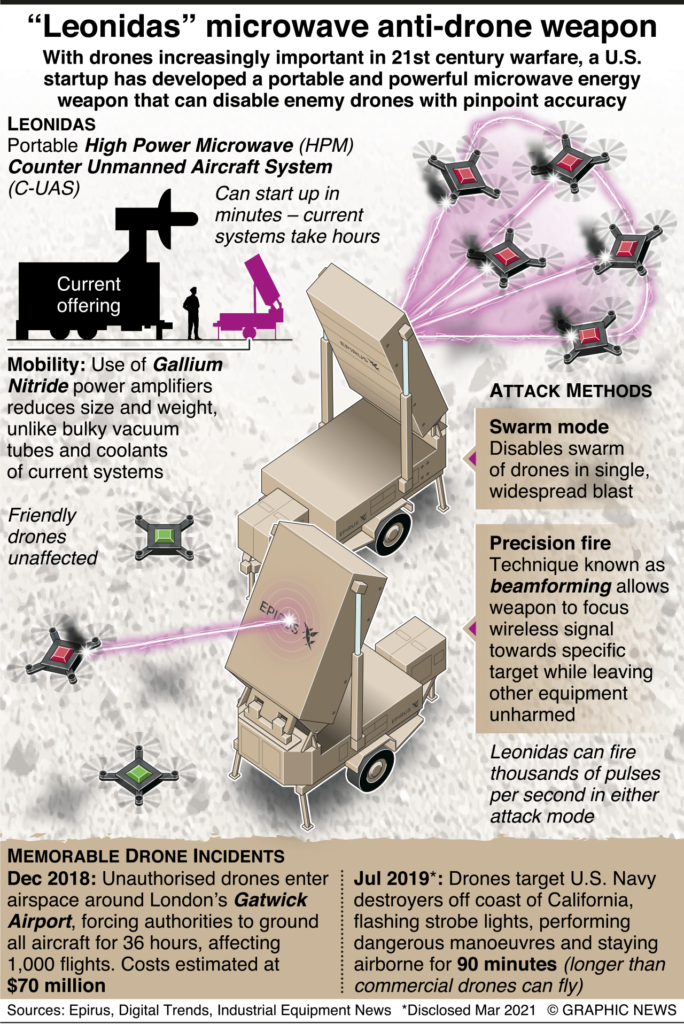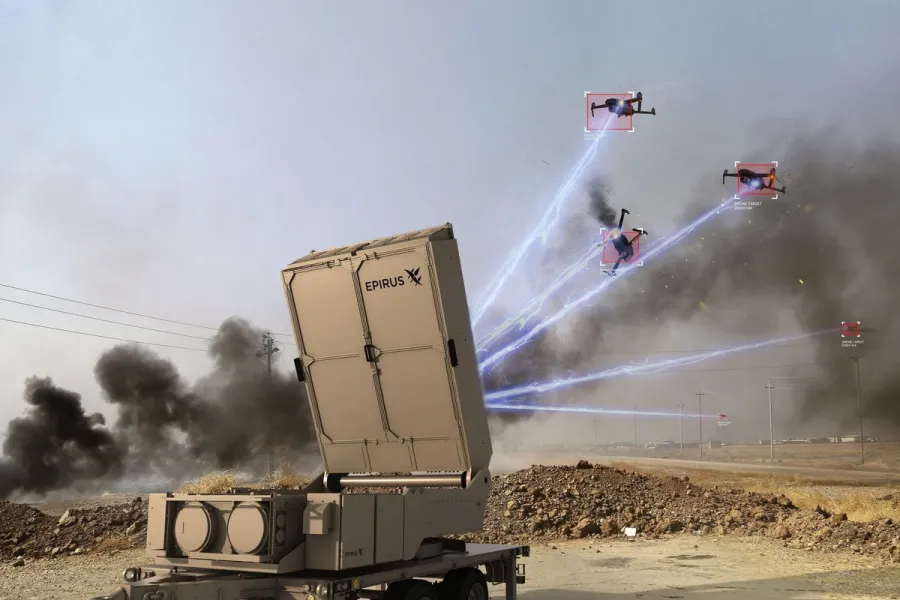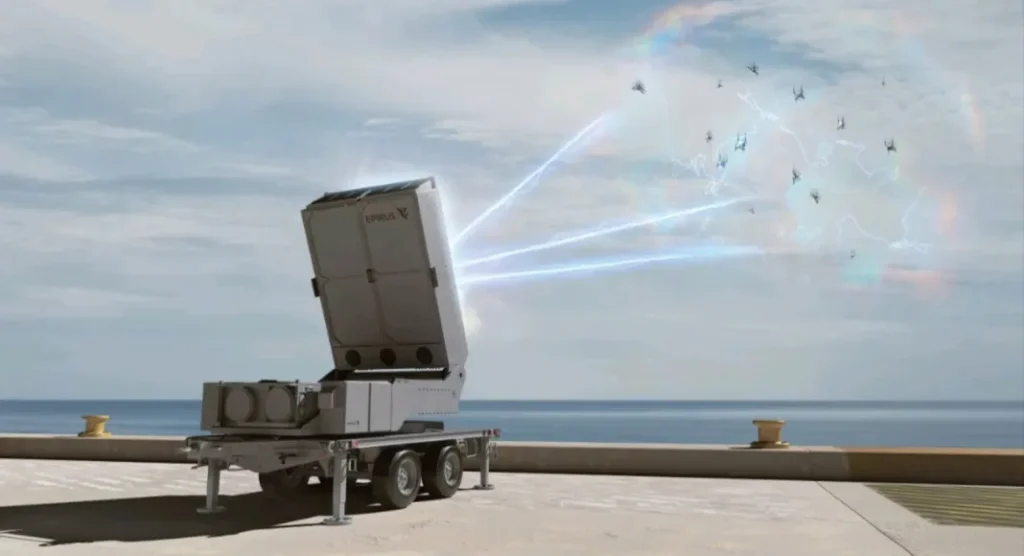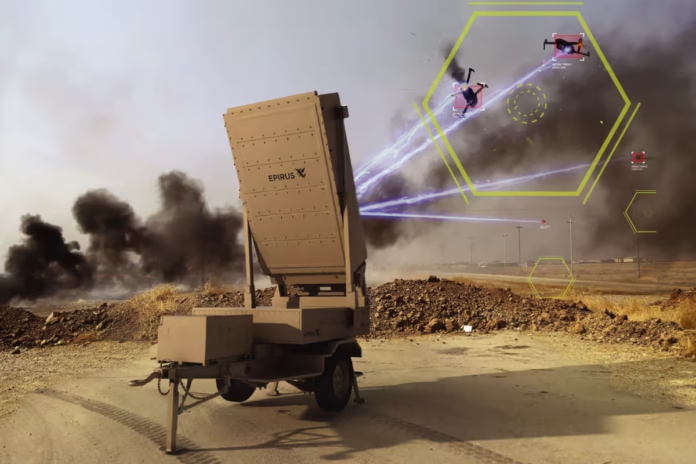Leonidas System: Revolutionizing Drone Defense with Electromagnetic Pulses

The Growing Threat of Unmanned Aerial Systems
High-Power Microwave Technology: A Non-Kinetic Solution
The Leonidas System: Design and Operation

Applications and Advantages
Key Advantages:
Cost-Effectiveness: Engaging targets with HPM is significantly cheaper than using missiles, especially against low-cost drones.
Precision Control: The system allows for tuning to specific targets, minimizing collateral damage by adjusting power output in real time.
Scalability: The Leonidas can adapt its energy output for various UAS, providing flexibility across operational contexts.
Unlimited Magazine: As long as power is available, the system can operate continuously, making it suitable for prolonged engagements.
Challenges and Considerations
Despite its promising capabilities, the Leonidas system faces several challenges:
Power Requirements: High-energy demands necessitate robust power sources, impacting portability and operational readiness.
Range Limitations: Atmospheric conditions can hinder effectiveness, especially over greater distances; several units may be required for comprehensive coverage.
System Integration: Adapting HPM technology within existing defense frameworks presents logistical challenges, including hardware adaptation and personnel training.
Spectrum Interference: Broad-area effects could inadvertently disrupt friendly systems, necessitating strict targeting and safety protocols.
Future Prospects




